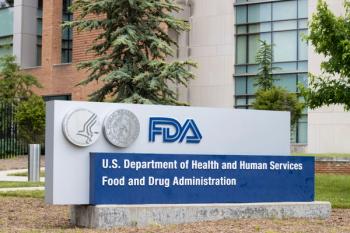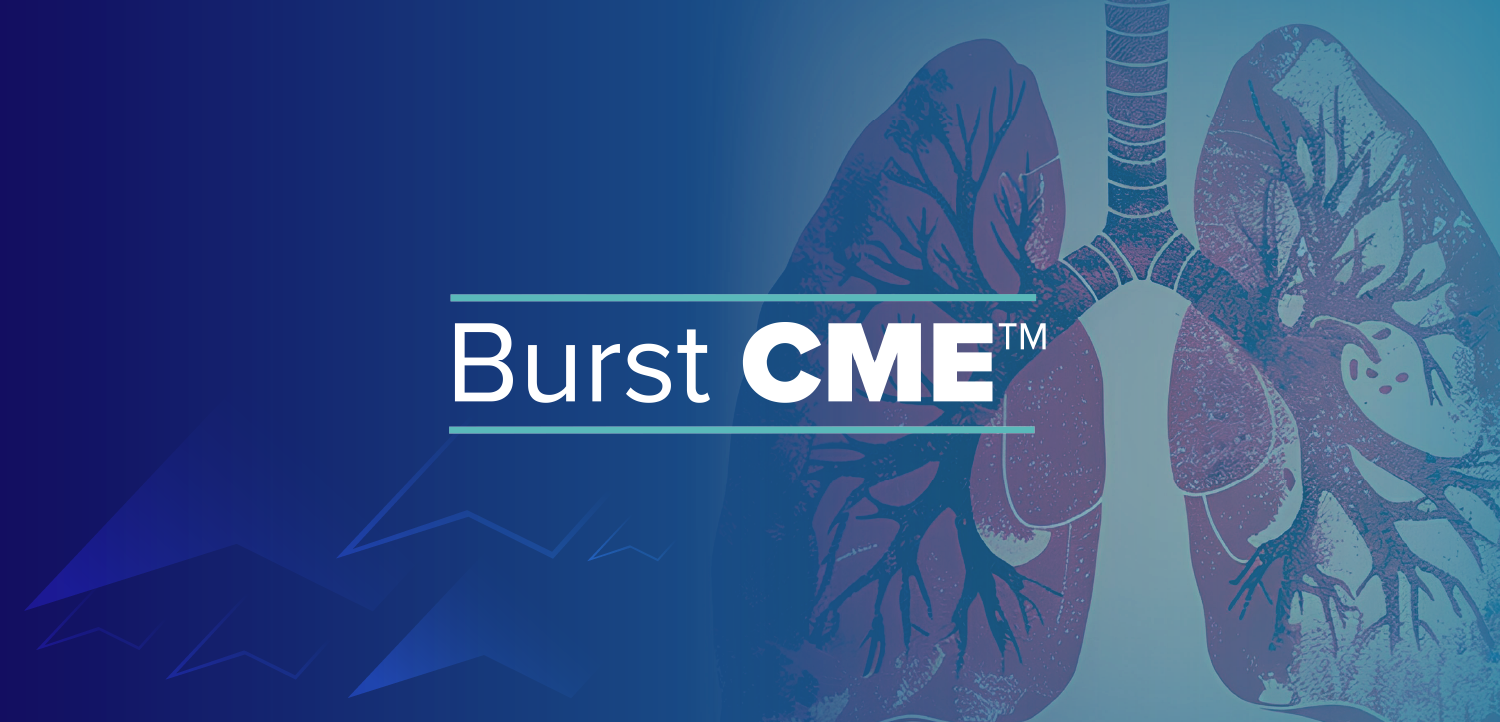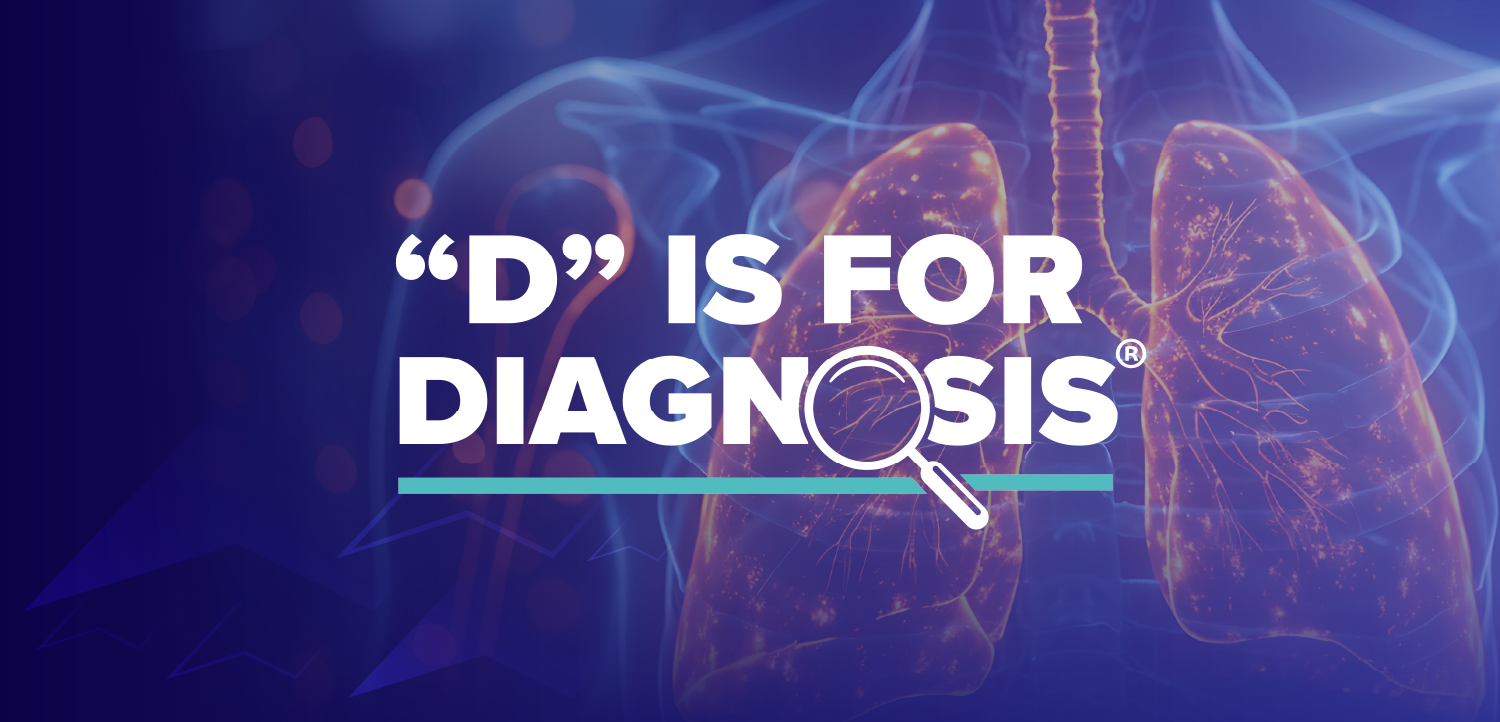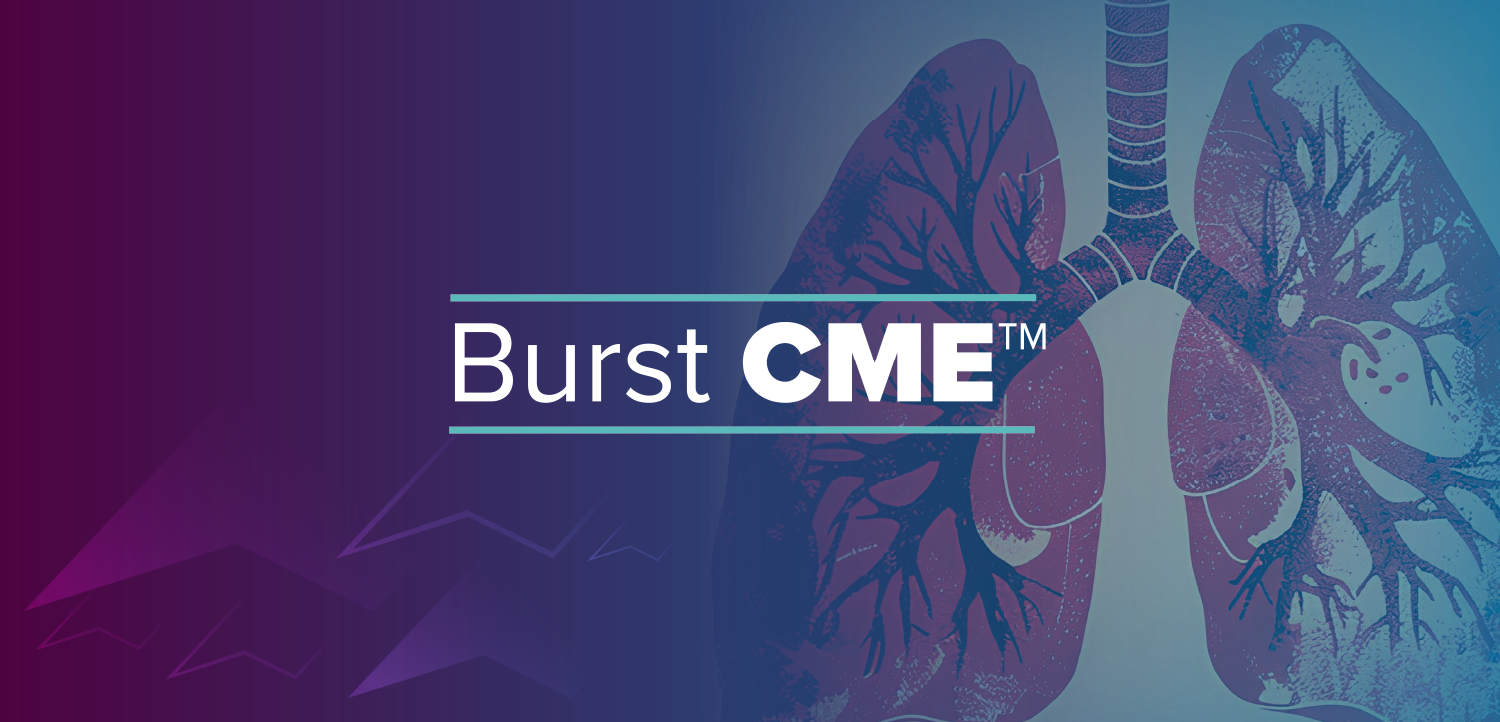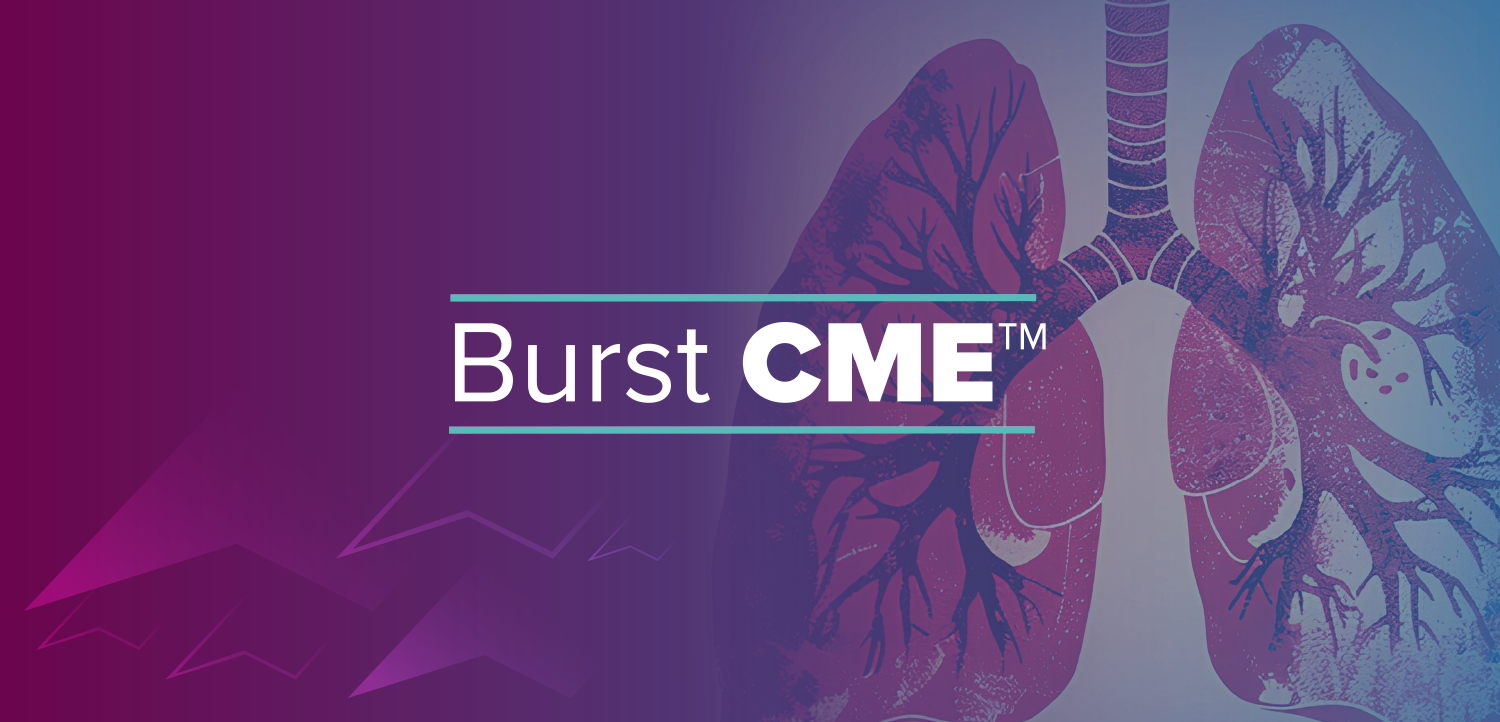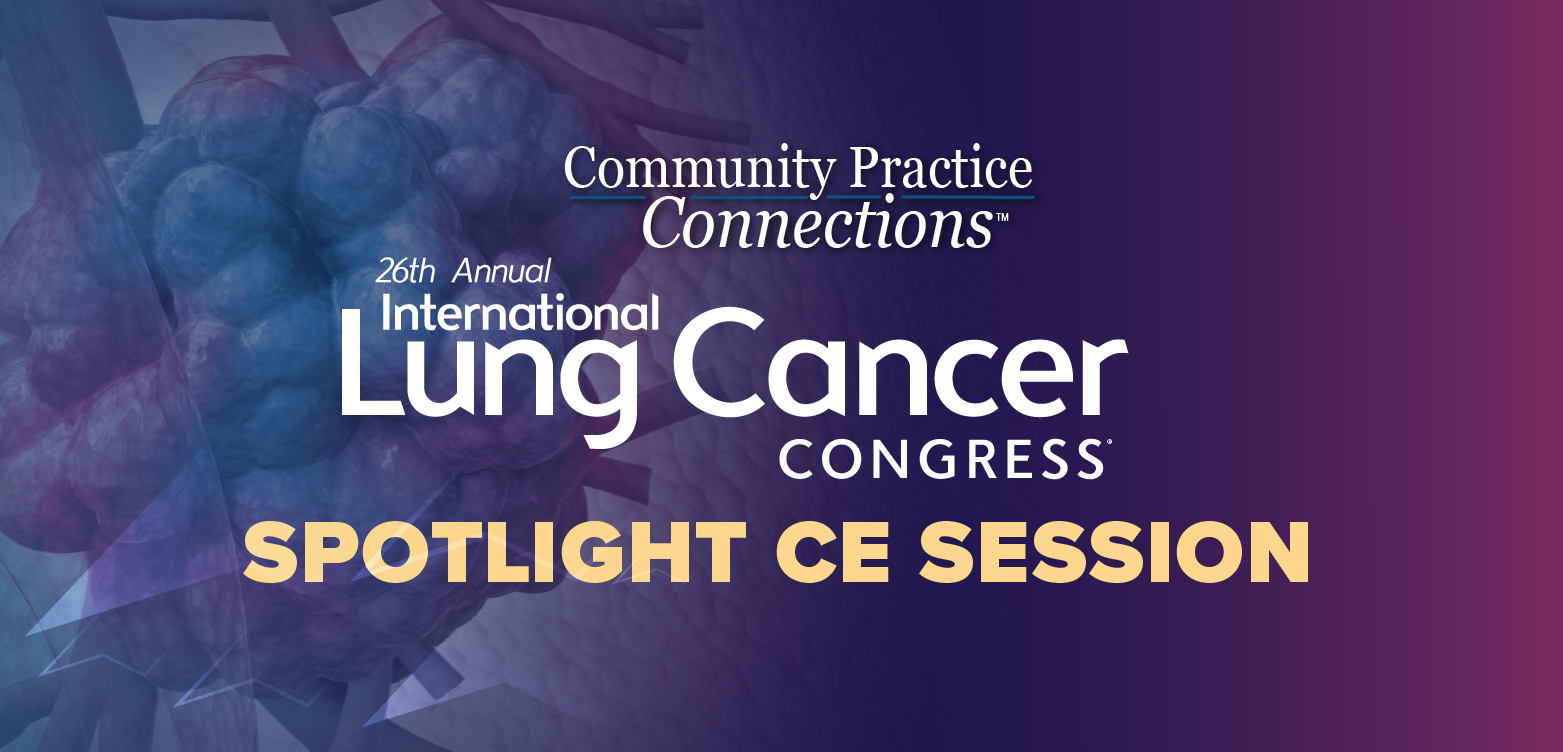
Analyses: High-risk AFib patients not receiving recommended thromboprophylaxis
Widespread anticoagulant undertreatment persists among atrial fibrillation (AFib) patients at high risk of stroke, despite current medical treatment guidelines, which recommend thromboprophylaxis for this patient population unless contraindicated, according to a recent study in BMC Health Services Research.
Widespread anticoagulant undertreatment persists among
Retrospective data analyses were performed using the Anticoagulant Quality Improvement Analyzer (AQuIA), a software tool designed to analyze health plan data. Two-year data from 5 databases were analyzed: IMS LifeLink, MarketScan Commercial, MarketScan Medicare Supplemental, ClinformaticsTM DataMart, a product of OptumInsight Life Sciences and a Medicaid Database. Key study measures included stroke risk level, anticoagulant use, and frequency of International Normalized Ratio (INR) monitoring.
High
“Appropriate treatment, such as with an oral anticoagulant, has been shown to reduce the annual incidence of stroke in the United States by more than 60%, which may lead to decreased mortality rates and hospital cost savings,” Nelson said.
Newsletter
Get the latest industry news, event updates, and more from Managed healthcare Executive.


